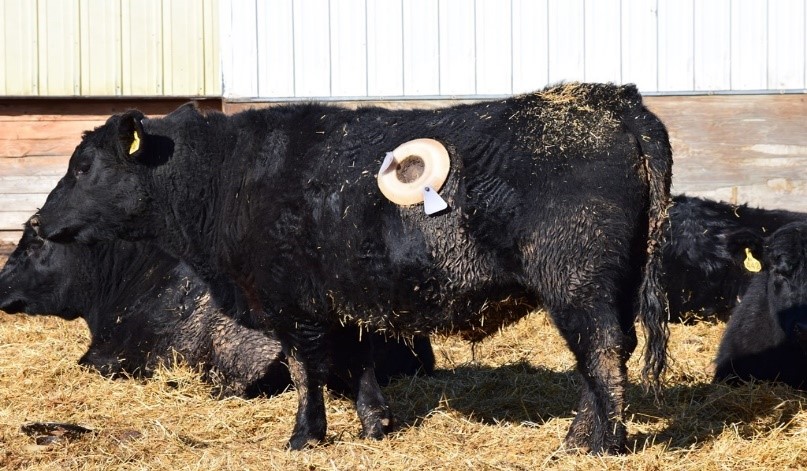Rapid Feed Evaluation – using the in vitro gas and in situ techniques
With high feed cost, many producers incorporate alternative feedstuffs in their feeding operations with the intent of reducing the cost of finishing cattle. The state of North Dakota has loads of alternative feedstuffs that can be used by cattle producers – crop residues, co-products, by-products, unconventional grains and forages that are competitively priced.
Knowing the nutritional composition of a new feedstuff is good but it doesn’t give the whole picture of how well it will feed cattle. A feeding study with cattle is the best index of feed quality but will take a couple of weeks (or months) to shed light on the suitability of such feedstuff(s). Rapid and accurate evaluation of alternative feedstuffs can be done in vitro (in the laboratory). The in vitro gas technique can be used to evaluate the nutritive value of alternative feedstuffs in a matter of days (1-3). The in vitro gas technique mimics the natural complex microbial ecosystem of the rumen.
The process involves anaerobic incubation of feed samples in artificial saliva at 39oC using 100 ml serum vials. For ease of measuring unfermented/undigested feeds, samples are weighed into small filter bags and sealed with a sealer (see photo 1 below). To initiate fermentation, rumen fluid from cannulated animals (see photo 2) will be used to inoculate the samples. Gas released (excluding gas released from the artificial saliva) from fermenting feed samples reflects production of short chain fatty acids, which are the major source (70%) of energy for cattle. Additionally, feed samples not recovered in the filter bag after incubation are assumed to be fermented, providing estimates of the extent of digestion for various feeds. This technique ticks the right boxes like simplicity, cost, convenience and results can be extrapolated to animal response/livestock performance.

Photo 1. Supplies used for in vitro evaluation in the laboratory.
Here at the Center, the livestock unit is continuing the tradition of evaluating alternative feedstuffs with a view of identifying those that are competitively priced and have similar feeding value to conventional feedstuffs. We’ll be using the in vitro gas technique as a useful tool for rapid evaluation of different alternative feedstuffs and select those with high feeding values for animal studies.

Photo 2. A cannulated steer at the CREC.
Uchenna Anele
Animal Scientist


